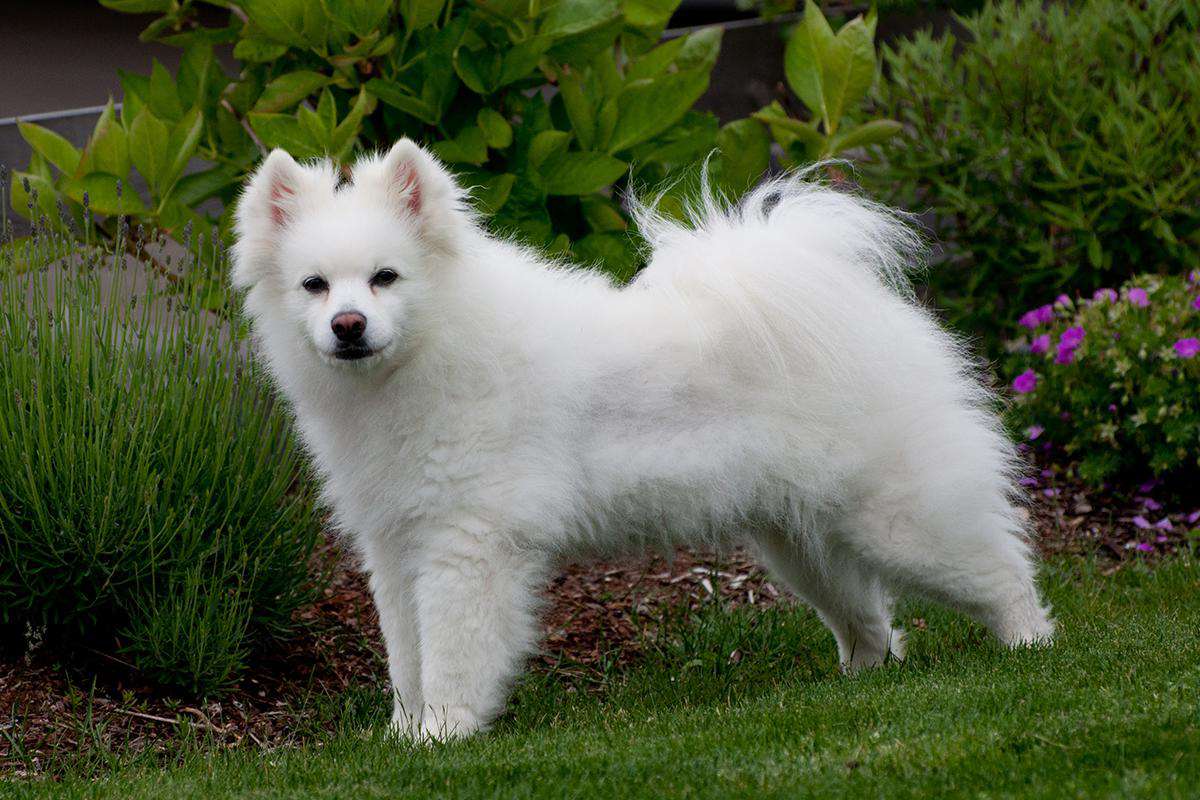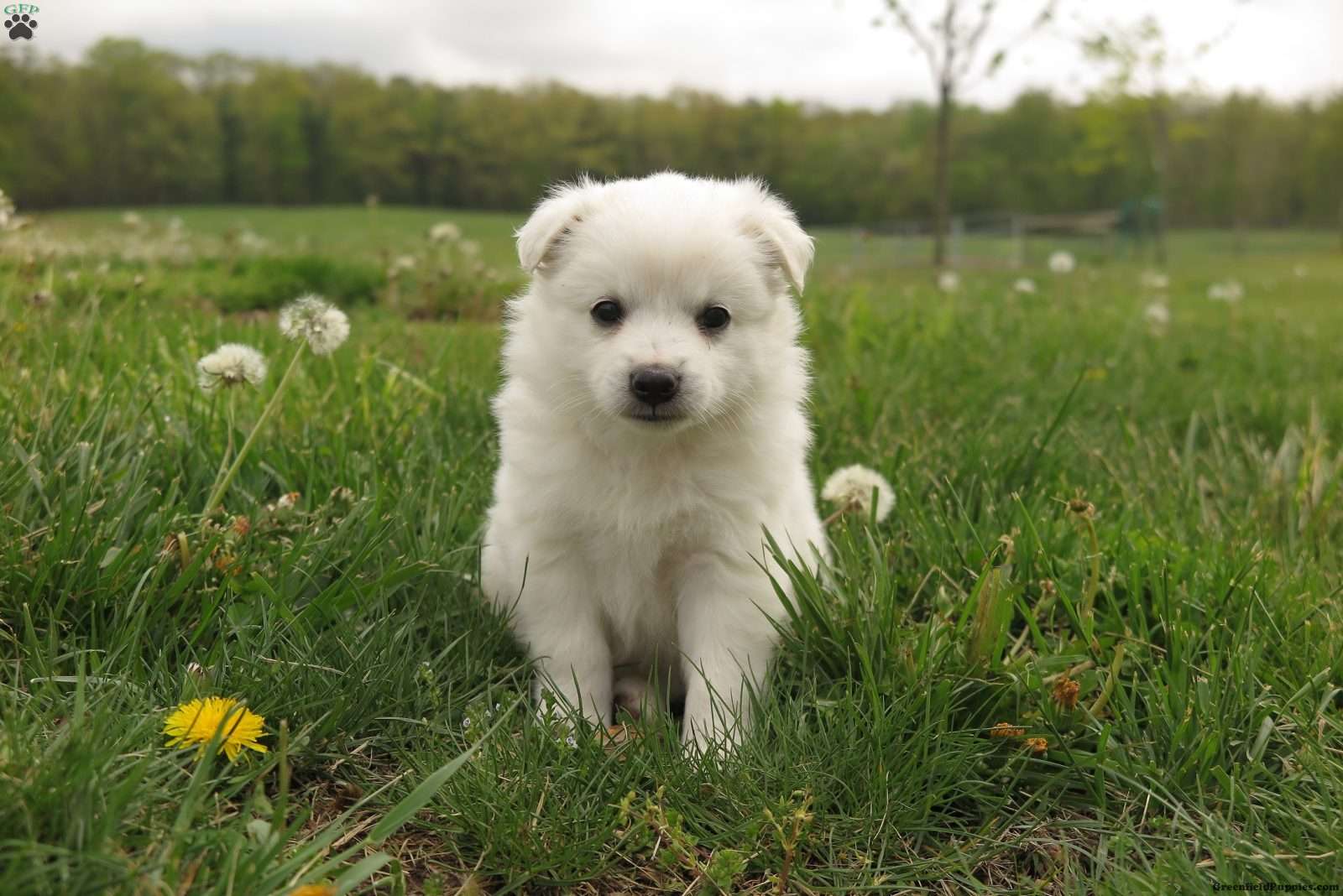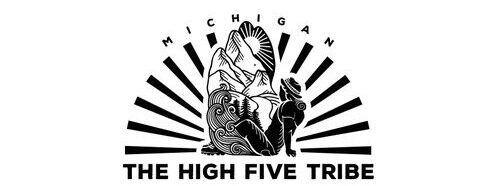Introduction:
The Eskimo Dog, often confused with other similar breeds, is a versatile and strikingly beautiful breed known for its impressive coat and lively personality. Known for their role in sledding and as family companions, Eskimo Dogs have captured the hearts of many with their fluffy appearance and loyal nature. In this article, we’ll delve into the origins, characteristics, care, and fascinating facts about the Eskimo Dog.

History and Origins
The Eskimo Dog, also known as the American Eskimo Dog, is not actually from the Arctic, despite its name. The breed originated in Germany and was initially known as the German Spitz. It was later brought to the United States, where it was rebranded as the American Eskimo Dog due to its resemblance to sled dogs and its popularity among early American immigrants.
The breed was used for various tasks including sledding, herding, and guarding, which showcased its versatility and adaptability. Today, Eskimo Dogs are cherished as family pets and continue to participate in dog sports and competitions.
Characteristics and Appearance
Eskimo Dogs come in three distinct sizes: Toy, Miniature, and Standard. They are known for their thick, double coat, which is designed to protect them from cold weather. Their coat is dense, fluffy, and requires regular grooming to maintain its condition.
Coat and Colors
Eskimo Dogs have a luxurious double coat with a soft undercoat and a longer, straight outer coat. They come in a variety of colors including white, black, sable, and blue merle. Their distinctive coat contributes to their iconic appearance and insulating abilities.

Personality and Temperament
Eskimo Dogs are known for their lively and affectionate nature. They are intelligent, alert, and eager to please, making them excellent family companions. They have a strong protective instinct and are good watchdogs, but they are also friendly and sociable with children and other pets. Their playful and energetic demeanor means they require regular exercise and mental stimulation.
Care and Maintenance
Caring for an Eskimo Dog involves regular grooming, exercise, and health care to ensure they remain happy and healthy.
Grooming
Due to their thick coat, Eskimo Dogs require frequent grooming to prevent mats and tangles. Regular brushing is essential, ideally several times a week, to keep their coat in good condition. Additionally, they should be bathed as needed to maintain cleanliness and hygiene.
Exercise and Training
Eskimo Dogs are active and energetic, so they require regular exercise to keep them physically and mentally stimulated. Daily walks, playtime, and interactive games are important for their well-being. They are intelligent and respond well to training, making them relatively easy to train with positive reinforcement techniques.

Health
Eskimo Dogs are generally healthy, but like all breeds, they can be prone to certain health issues such as hip dysplasia and eye problems. Regular veterinary check-ups, a balanced diet, and proper exercise are essential to maintaining their health.
Fun Facts
- Versatile Workers: Despite their fluffy appearance, Eskimo Dogs are known for their versatility and have been used in various roles including sledding, herding, and guarding.
- Three Sizes: Eskimo Dogs come in three sizes—Toy, Miniature, and Standard—each with its own unique characteristics and suitability for different living environments.
- Intelligent and Trainable: Eskimo Dogs are highly intelligent and excel in various dog sports and activities, including agility and obedience competitions.
Conclusion:
The Eskimo Dog is a charming and versatile breed known for its fluffy coat and affectionate nature. Whether you’re looking for a playful family companion or a skilled performer in dog sports, the Eskimo Dog offers both beauty and functionality. Their lively personality and strong bond with their owners make them a delightful addition to any household.
FAQ:
Q1: Are Eskimo Dogs good with children?
A: Yes, Eskimo Dogs are known for their friendly and playful nature, making them great companions for children.
Q2: How often should I groom my Eskimo Dog?
A: Due to their thick coat, Eskimo Dogs should be groomed several times a week to prevent mats and tangles. Regular brushing is essential.
Q3: What is the lifespan of an Eskimo Dog?
A: Eskimo Dogs typically live between 12-15 years with proper care and regular veterinary check-ups.
Q4: Do Eskimo Dogs get along with other pets?
A: Yes, Eskimo Dogs are generally sociable and can get along well with other pets, including dogs and cats.
Q5: What are some common health issues in Eskimo Dogs?
A: Common health issues in Eskimo Dogs include hip dysplasia and eye problems. Regular veterinary visits and a healthy lifestyle can help manage these risks.






